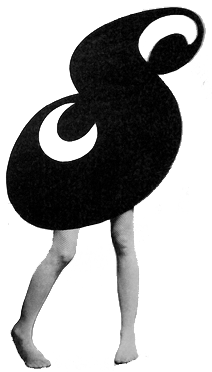Adding writing to my practice
At their behest, my collage for LaQuinta Museum's upcoming exhibition Tell Me a Story: Women in Art includes a 300 word essay. I enjoyed putting ink to paper (fingertips to keyboard) for a few paragraphs to describe my process and thinking behind the piece. I'll be doing more of this in the future.
The Fine Print, 2016
Sacha Baumann
24” x 18” found paper on hardbord, adhered to canvas
There was a particular paperback book hanging around our apartment when I was a kid. The cover amused, bewildered, and ultimately influenced me both creatively and intellectually. It featured a photograph of a feminine hand that had just taken a magic marker to the book’s title, crossing out the word “Ladies” and scrawling in bold lettering “WOMEN’S.” The book was Marilyn French’s classic feminist novel The Women’s Room, published in 1978. The rebellious nature of the image—the subversive act of changing up someone else’s work and making it your own—delighted me. It made me consider the meaning of the words. What was wrong with “Ladies”? What was the difference between that word and “Women’s”? It was complex, but even at 8 years old I knew it was important; it was about controlling the power of language and images.
My art practice appropriates found images; introducing a new narrative by rearranging the cuts and tears extracted from magazines, books, cards, newspapers, and other paper ephemera.
The Fine Print was created from the July 1969 issue of Ladies Home Journal. The women shown are part of a 4 page spread featuring “real” professionals working in Washington D.C. They include the president of Head Start, a White House staffer, and an executive at the Peace Corps. The women are placed in a mostly blank field of cuts that are the whitespace found in advertisements and editorial content on topics such as masking “feminine odor,” how to get skin as soft as your infant child’s to “keep him interested,” and how to get “beach-ready feet.” Some text remains, including the magazine's slogan, “NEVER UNDERESTIMATE THE POWER OF A WOMAN” and a bold advertisement for douching that reads “The never never never.”
The collage is mixed messages, fine print, and appropriation--with the purpose of empowerment.
The cutouts used in the larger piece. I love the way this looks. Of course I can't throw anything away.
